View of the exposition
The smallest section of the greenhouse presents the flora of high mountains abundant in rainfall. These resilient plants withstand significant temperature fluctuations between day and night, strong winds, and intense ultraviolet rays. To thrive in such demanding environments, they have evolved to be more compact, having smaller, often tough or leathery leaves. Some feature a fuzzy or hairy texture on certain parts, providing valuable thermal insulation. The red coloring of young shoots is also common, protecting against intense radiation.
However, nurturing these mountain plants poses a unique challenge. Their slower growth rate and specific requirements for ample light and stable climates make the creation of ideal conditions for their development an incredibly complex task.
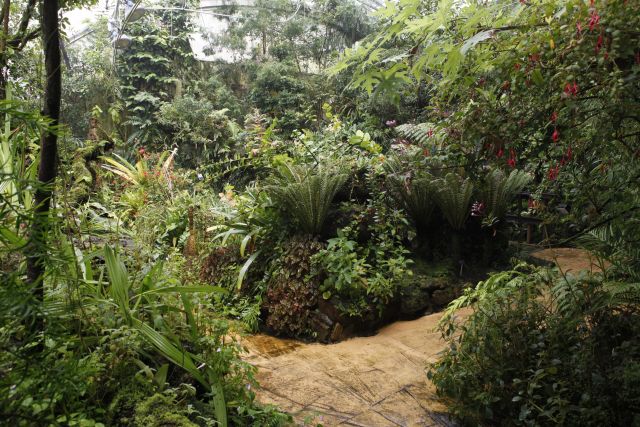
View of the exposition
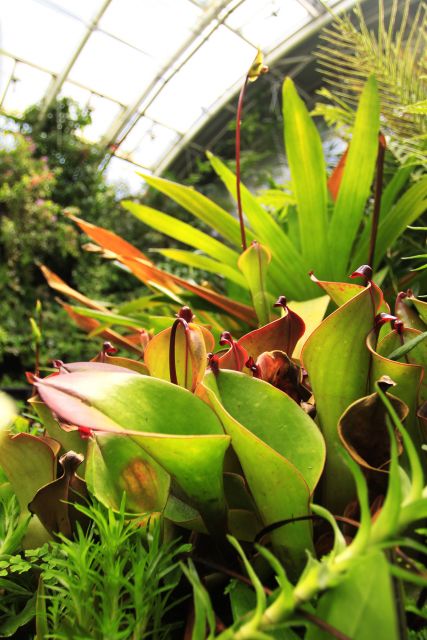
Table-top Mountains of Venezuela Exposition
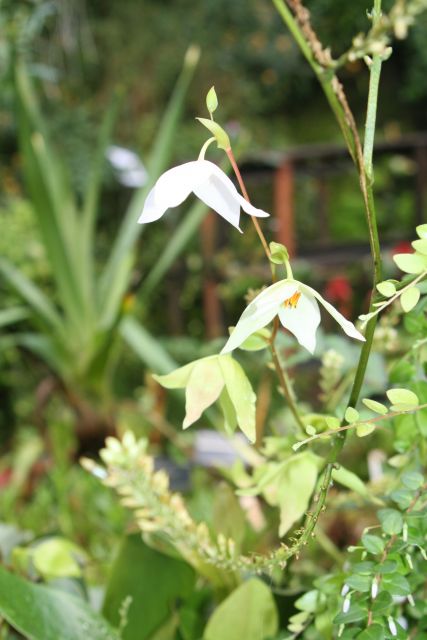
Blooming sun pitcher (Heliamphora sp.)
The cooled section is divided into four expositions. The rock wall is dedicated to the vegetation of mountainous regions of tropical America and Asia, visually separated by an artificial limestone vein. On the opposite side, one can find plants from the subtropical mountains of southern Africa. A separate exposition in the middle of the greenhouse showcases one of the botanically most fascinating regions in the world - the table-top mountains (tepuis) of
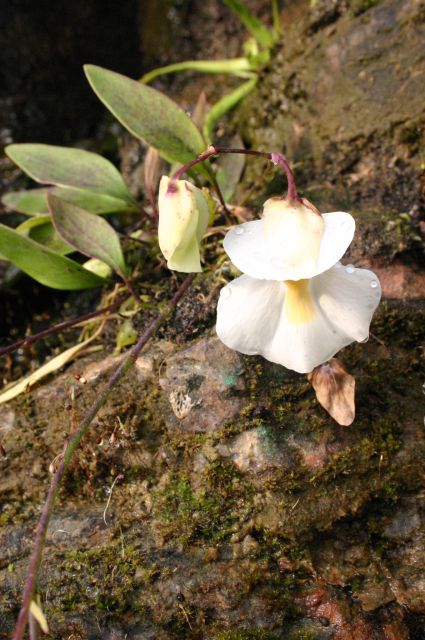
Utricularia alpina
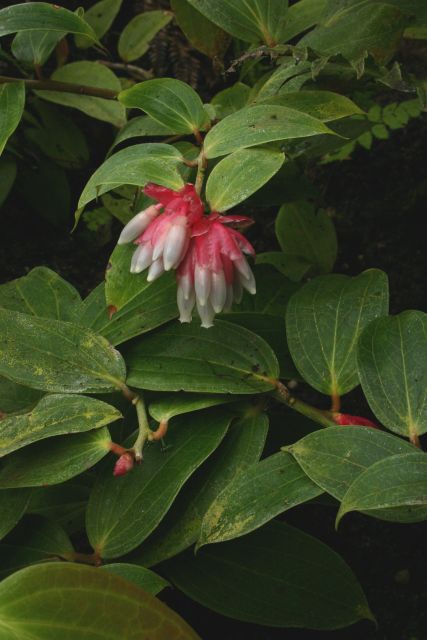
Cavendishia bracteata
A notable feature is the spring in the rock wall, where water flows freely down the natural terrain into a small pond. A high-pressure misting system maintains high air humidity, which creates a very fine mist. The mist not only benefits the plants but also contributes to the
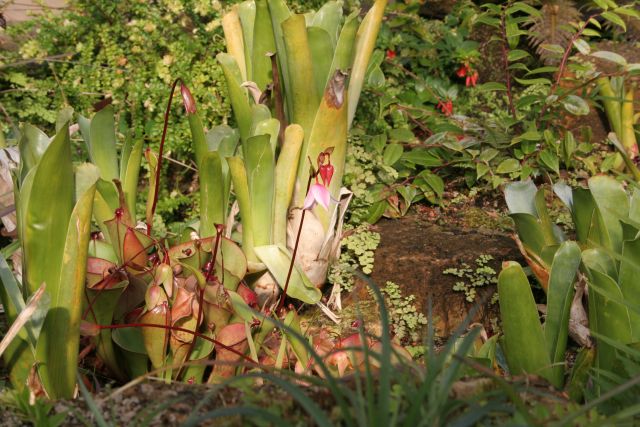
Sun pitchers (Heliamphora sp.) in the exposition of the table-top mountains of Venezuela